Vertical Drama vs. Traditional TV Drama: What’s the Difference?
The entertainment industry is changing fast, and one of the most exciting shifts is the rise of vertical dramas. While traditional TV dramas still dominate primetime schedules, vertical first storytelling is opening up a new world of creative possibilities and reaching audiences where they spend the most time: on their phones.
As a vertical drama production company, we’re often asked how this format compares to the TV dramas we all grew up watching. Here’s a breakdown of the key differences in format, audience behaviour, and production style.

The Format: Screen Orientation & Story Length
- Traditional TV Dramas are:
- Filmed in widescreen (16:9) format for television or streaming.
- Episodes typically range from 30 minutes to over an hour.
- Story arcs span seasons, with slow burn character development.
- Vertical Dramas are:
- Shot in a vertical (9:16) format optimised for mobile viewing.
- Episodes are short, often 1–4 minutes each but sometimes they can range up to 6 minutes.
- Stories are compact, with tight pacing designed for bite sized consumption.
In short: traditional dramas invite you to sit down on the sofa. Vertical dramas meet you in the palm of your hand.
Audience Habits: How and Where We Watch
- Traditional TV Dramas have to work a bit harder due to their nature.
- Vertical Dramas catch people right in the palm of their hands.
- Tailored for mobile first platforms like ReelShort, YouTube Shorts and Instagram Reels.
- Audiences watch in short bursts, commuting, waiting in line, or during breaks.
- Highly shareable and optimised for social engagement.
The vertical drama world isn’t replacing traditional TV, but it’s winning over younger viewers who live on mobile platforms and older generations who want a quick dramatic fix without having to wait for scheduled programming.

Production Style: From Sets to Storytelling
- Traditional TV Drama
- Larger budgets, longer shoots, and often big name casts.
- Cinematic production values with complex lighting, multiple cameras, and expansive sets.
- Storytelling often unfolds slowly, building tension and depth across episodes.
- Vertical Drama
- Leaner productions with faster turnaround but still large locations and at Sea Star we have luxury cars and manor house locations!
- Filmed with mobile first framing in mind! That means a lot of close ups, direct to camera dialogue, and punchy edits.
- Storytelling is immediate, with a hook in the first few seconds to hold attention.
A vertical drama production company needs to think differently, not about how to fill 45 minutes, but how to capture emotion and plot in under 3.
The Bottom Line
Both vertical dramas and traditional TV dramas serve their purpose: one provides depth and immersion, the other offers instant engagement and accessibility. What makes vertical dramas so powerful is their ability to meet audiences where they already are, on their phones and tell meaningful stories in a fraction of the time.
At Sea Star Productions, we believe vertical dramas aren’t just a trend. They’re a new storytelling frontier, offering opportunities for platforms, brands, and creators to connect with global audiences in fresh ways. Contact us if you’d like to learn more.


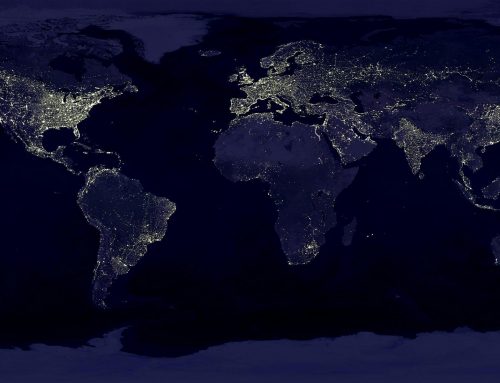
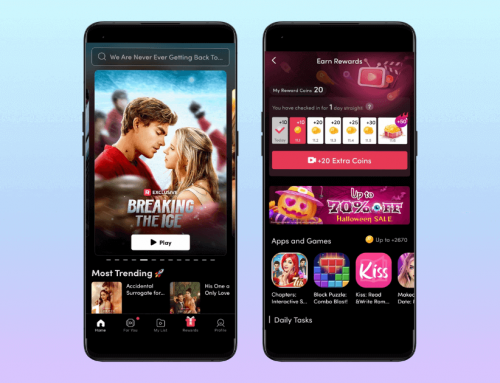
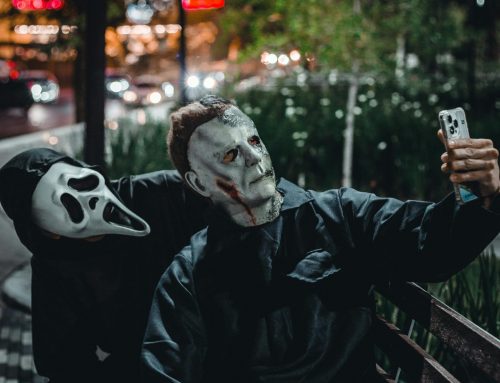
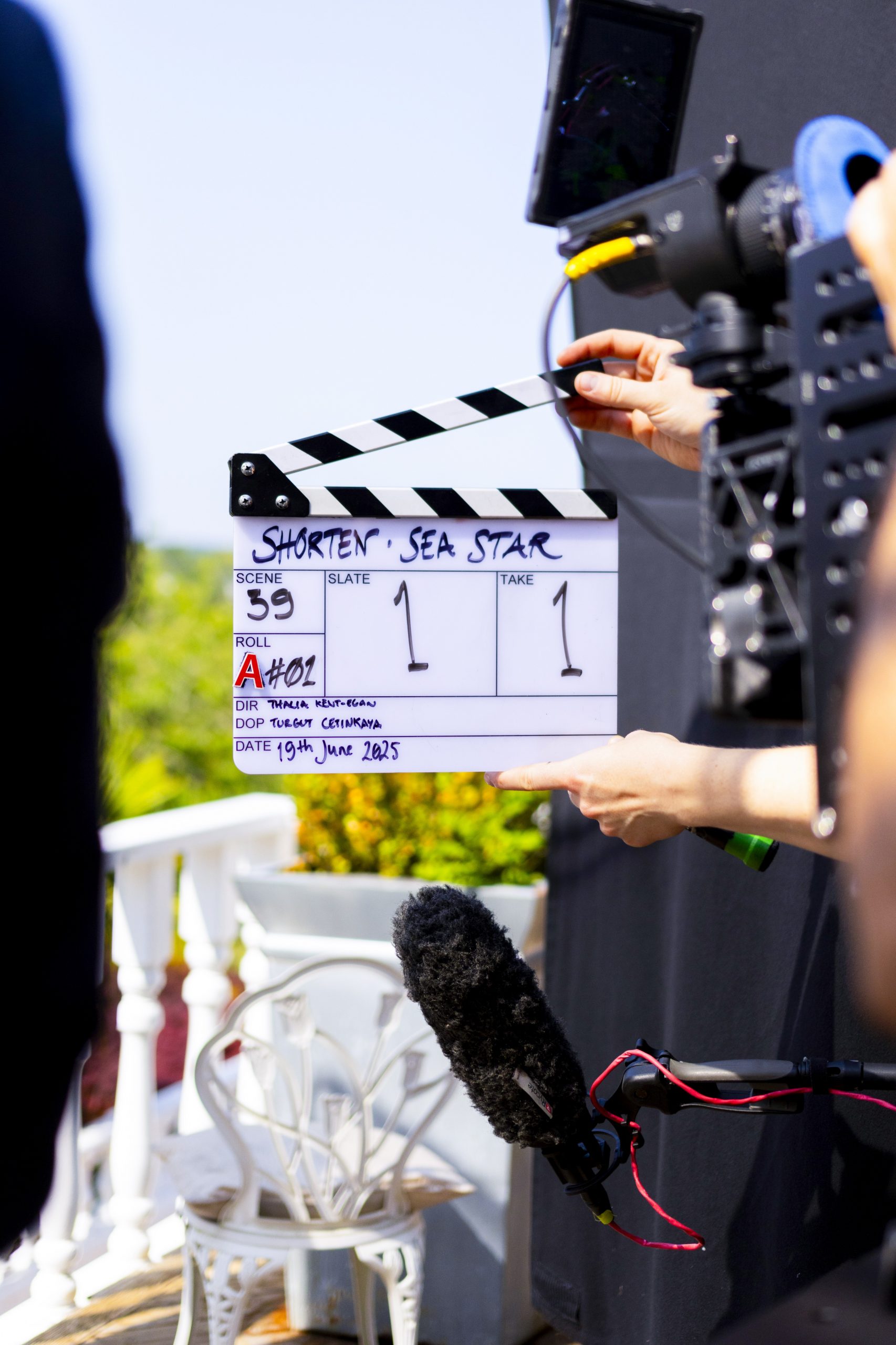
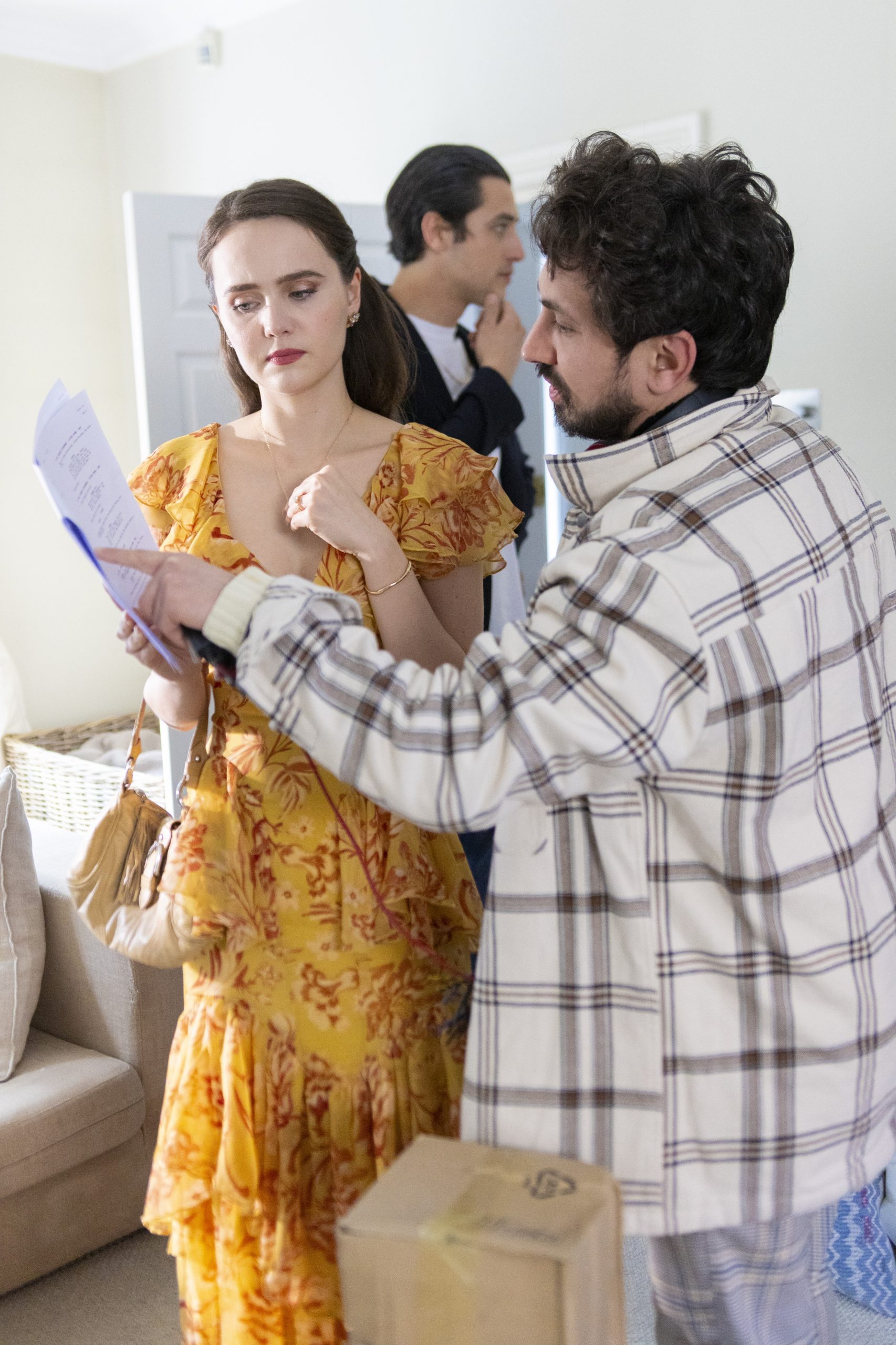
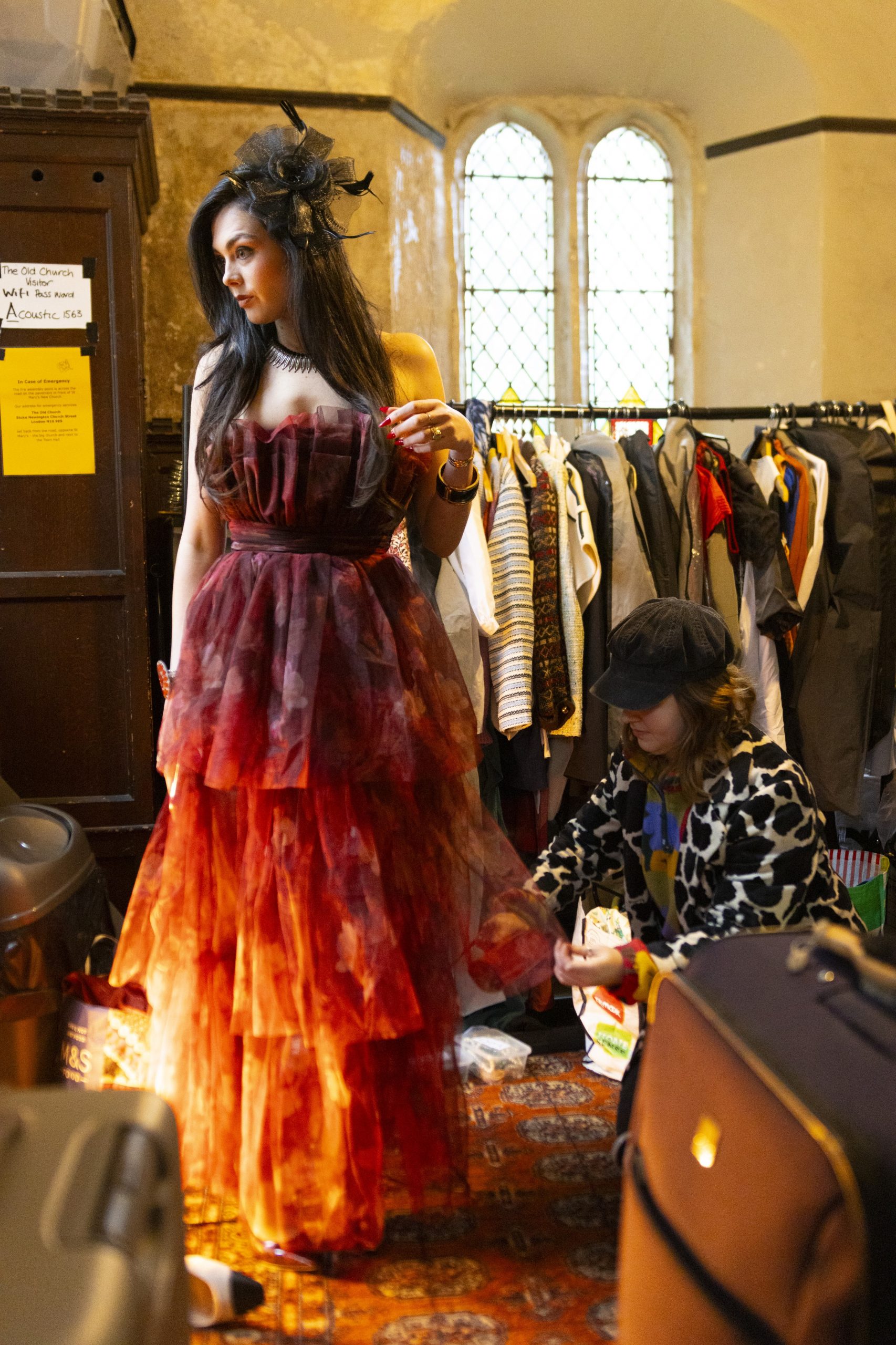
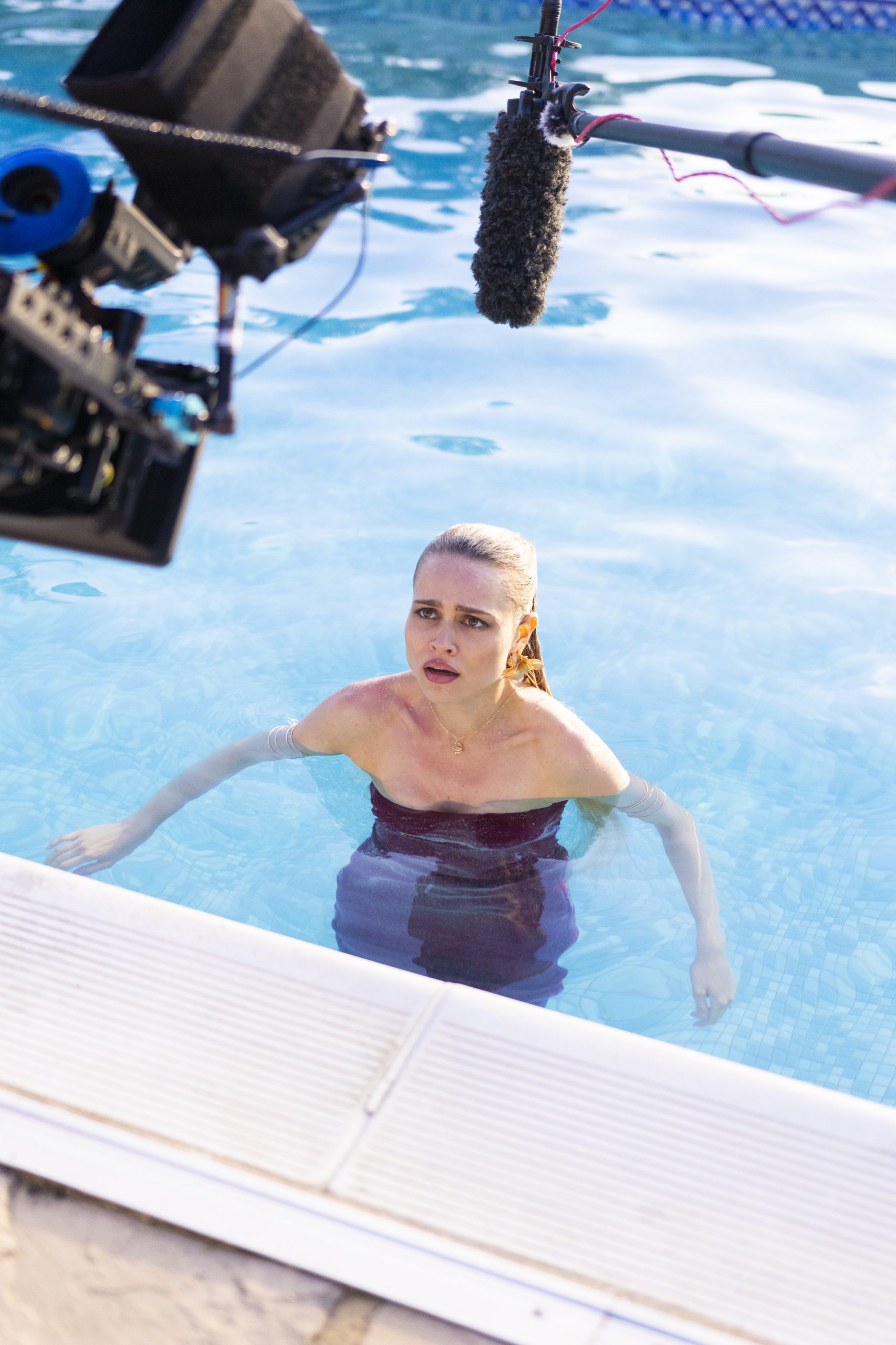
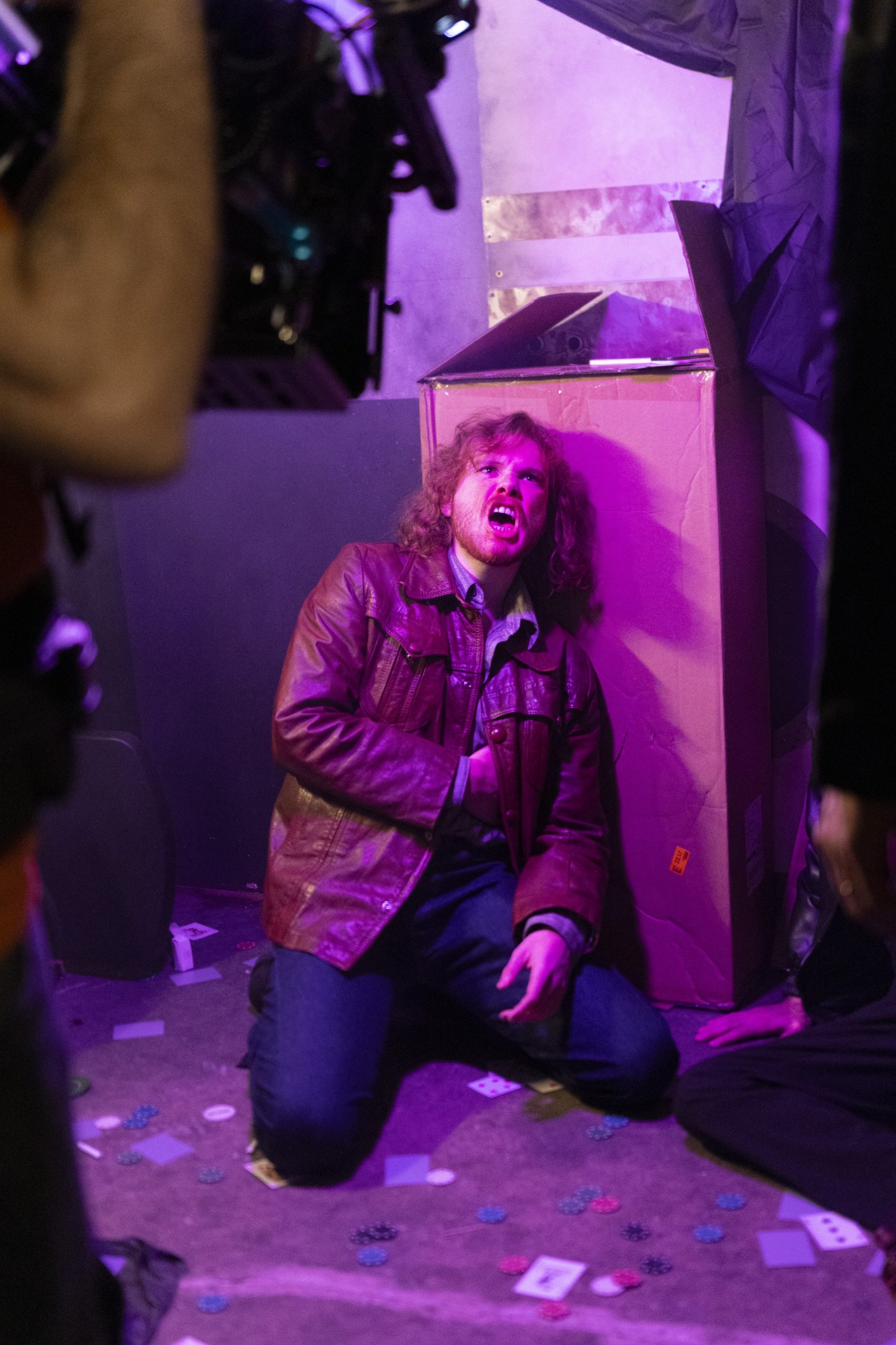
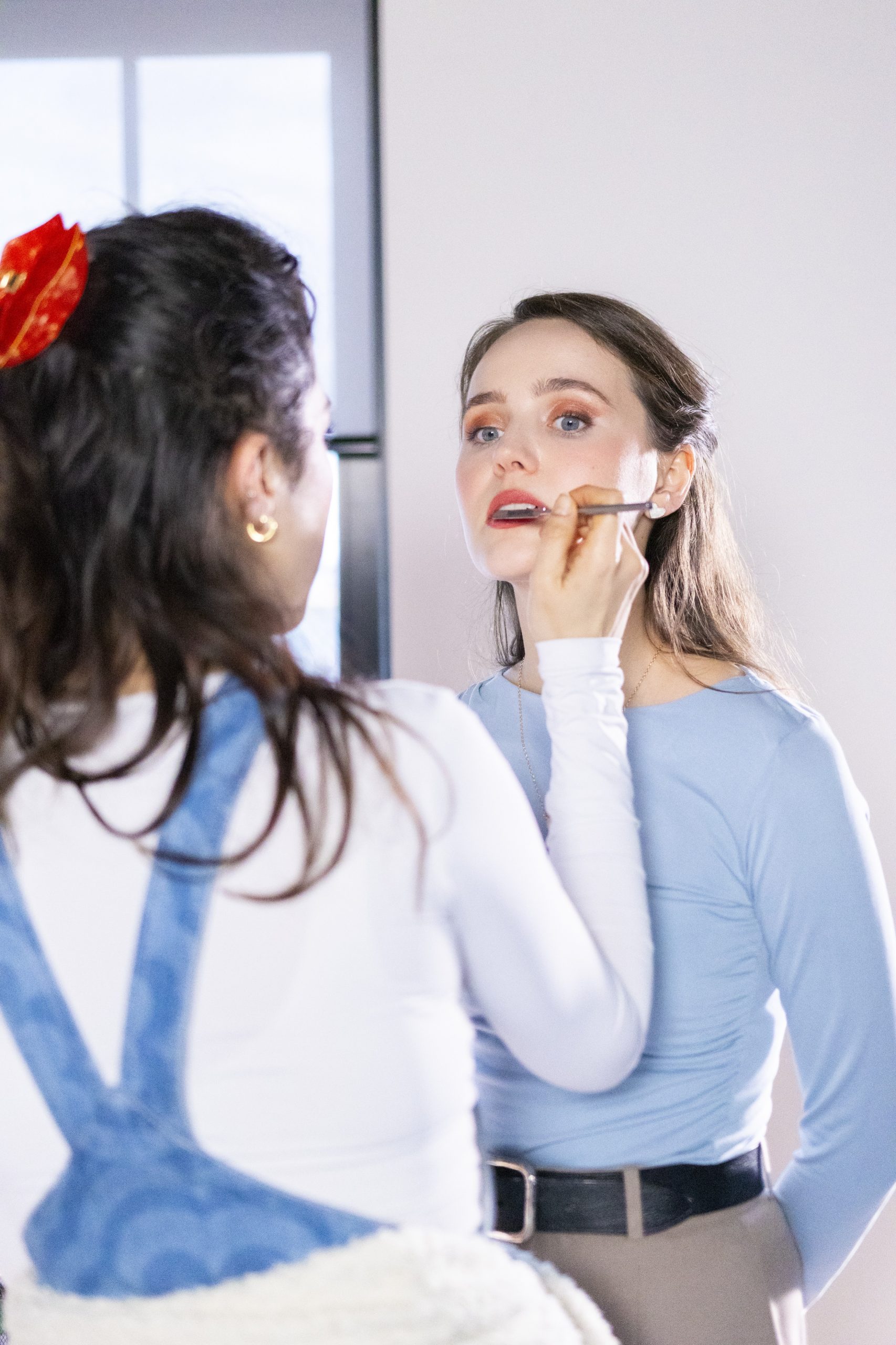
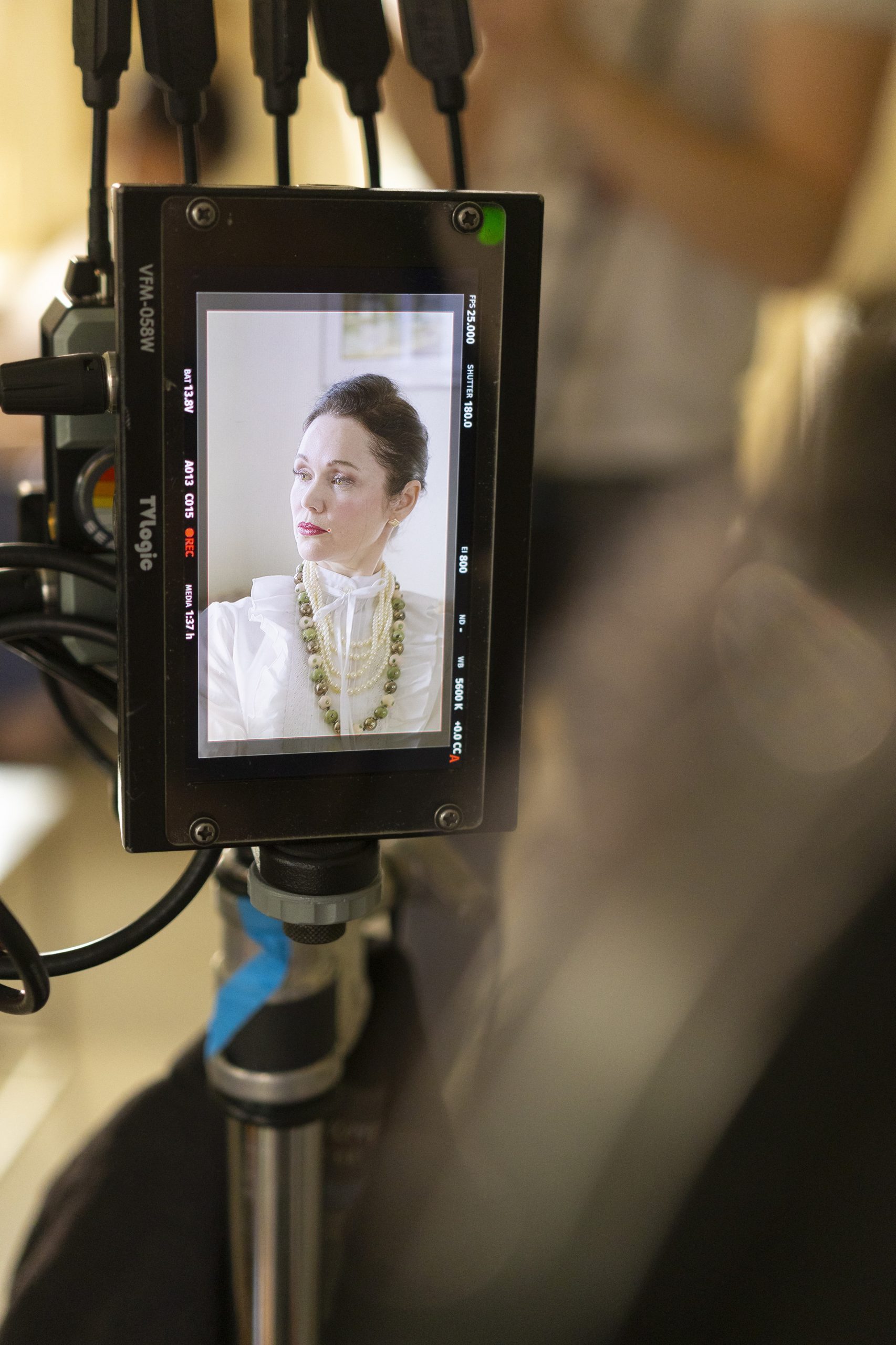
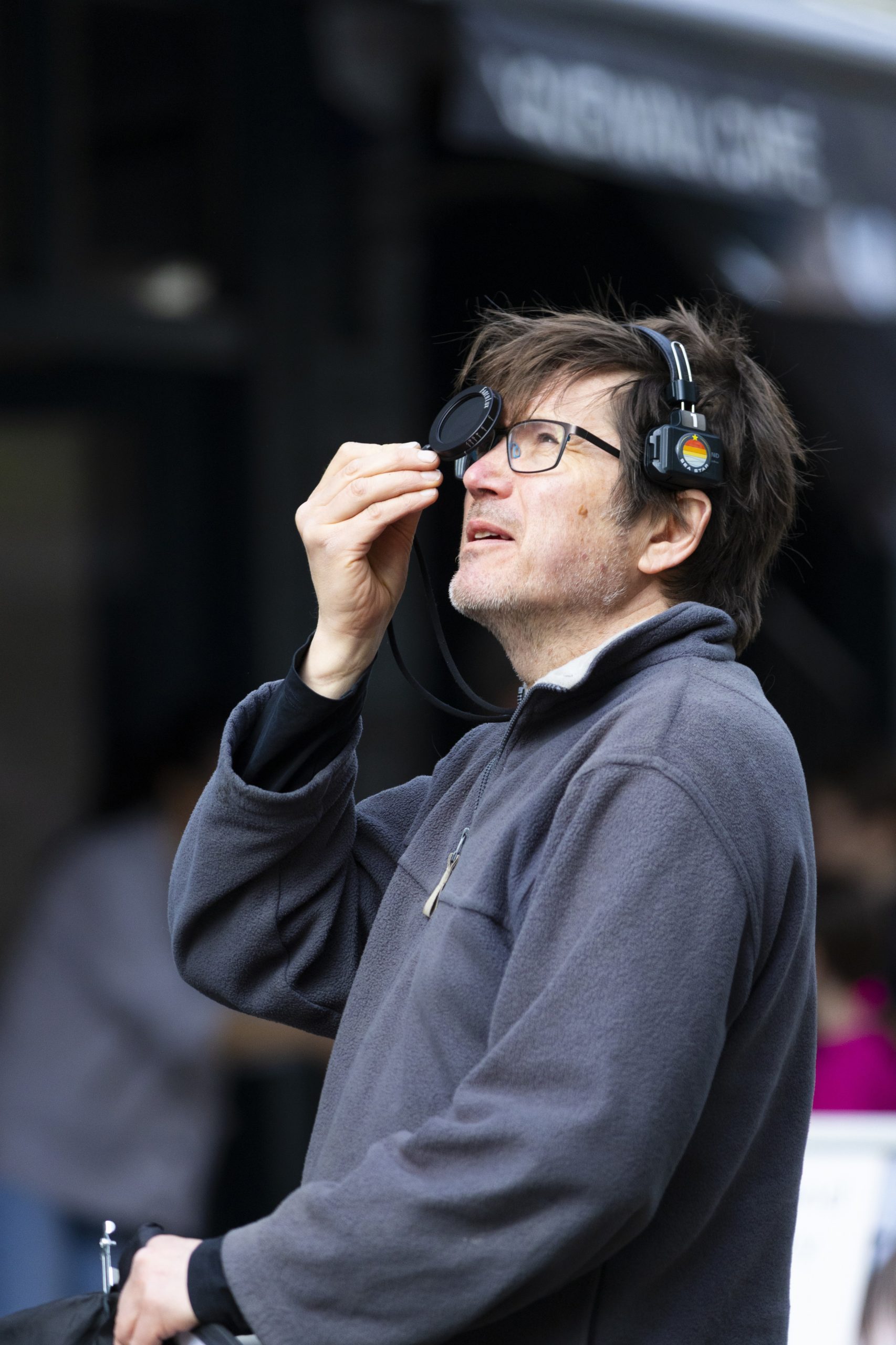
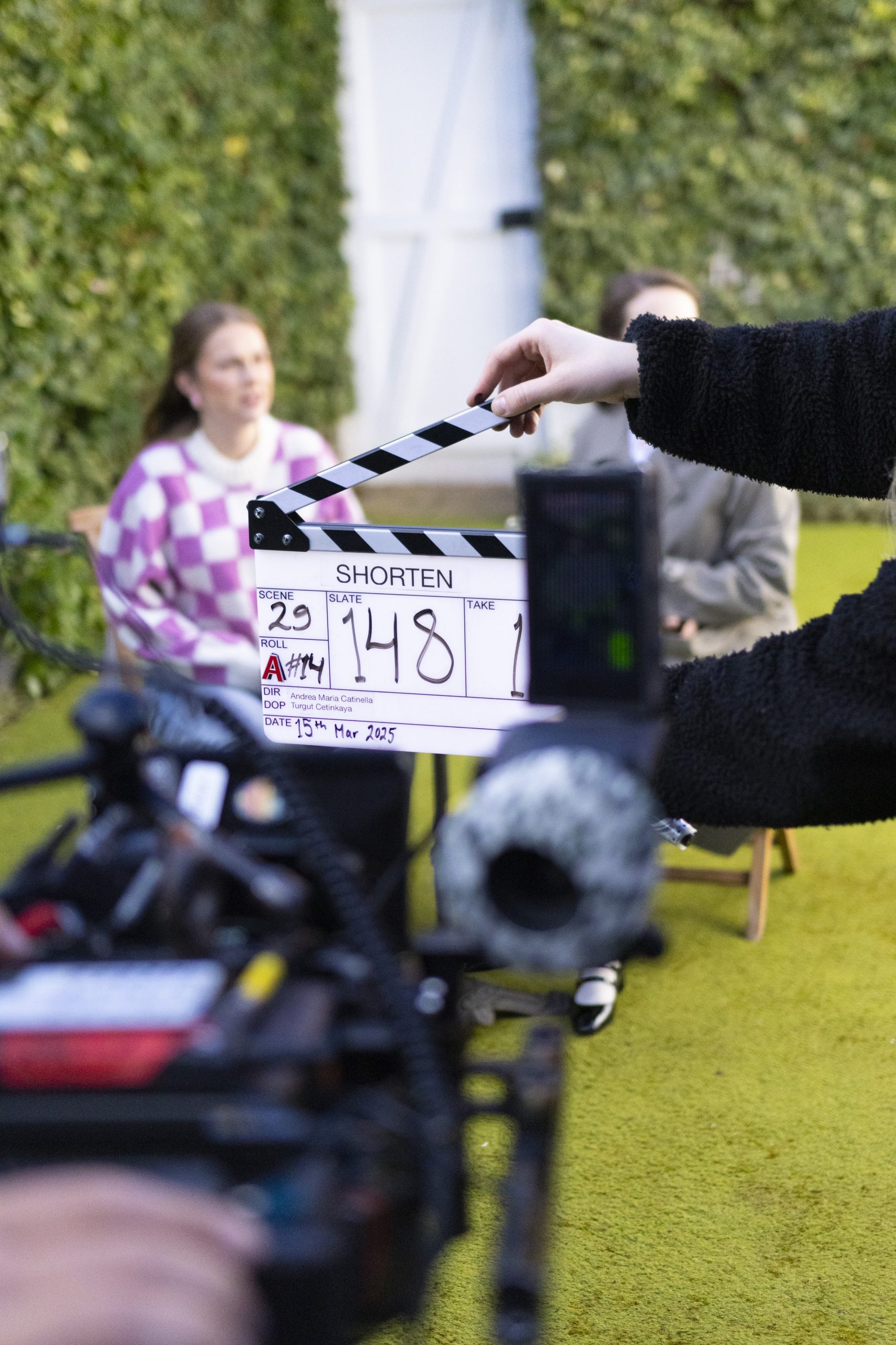
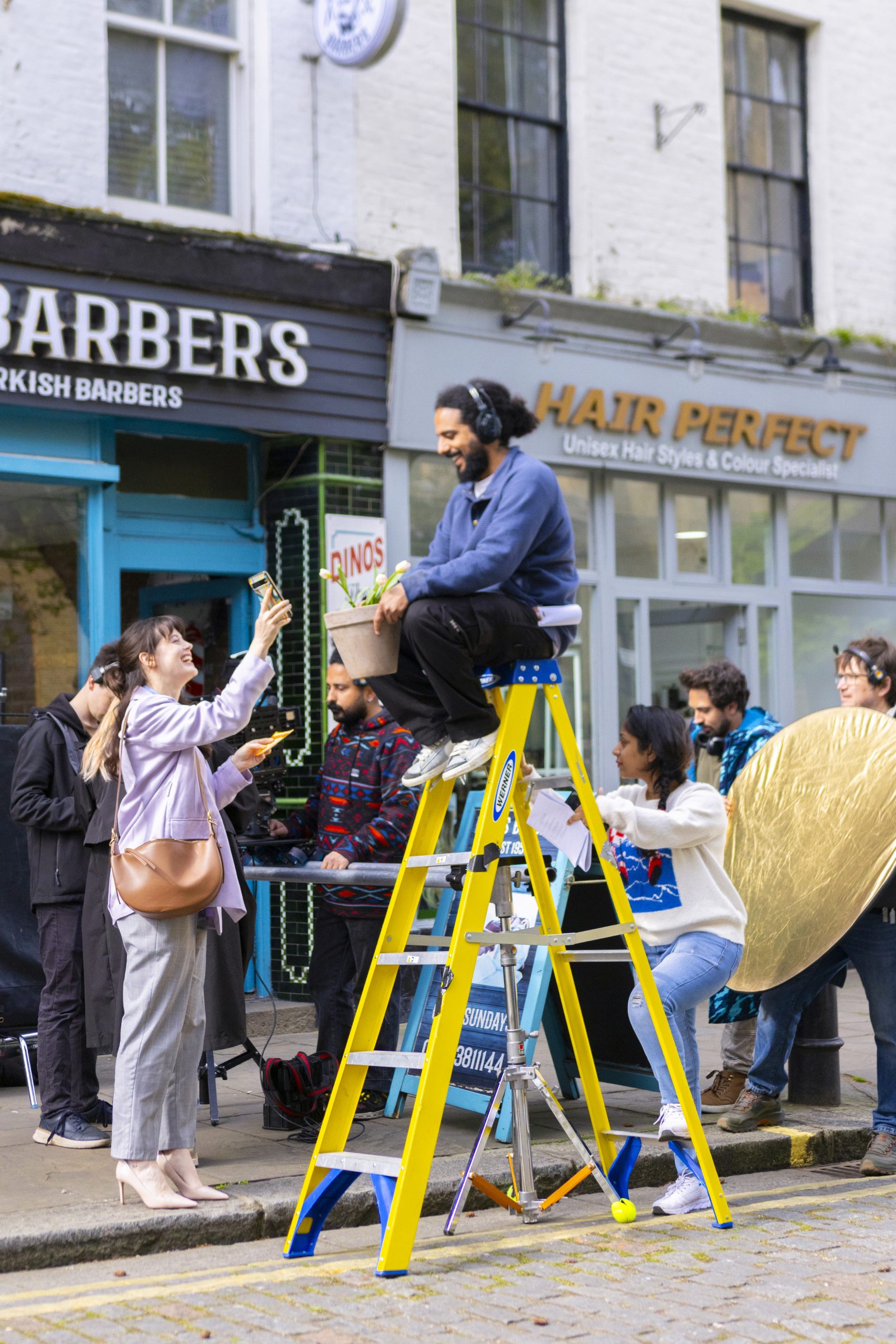
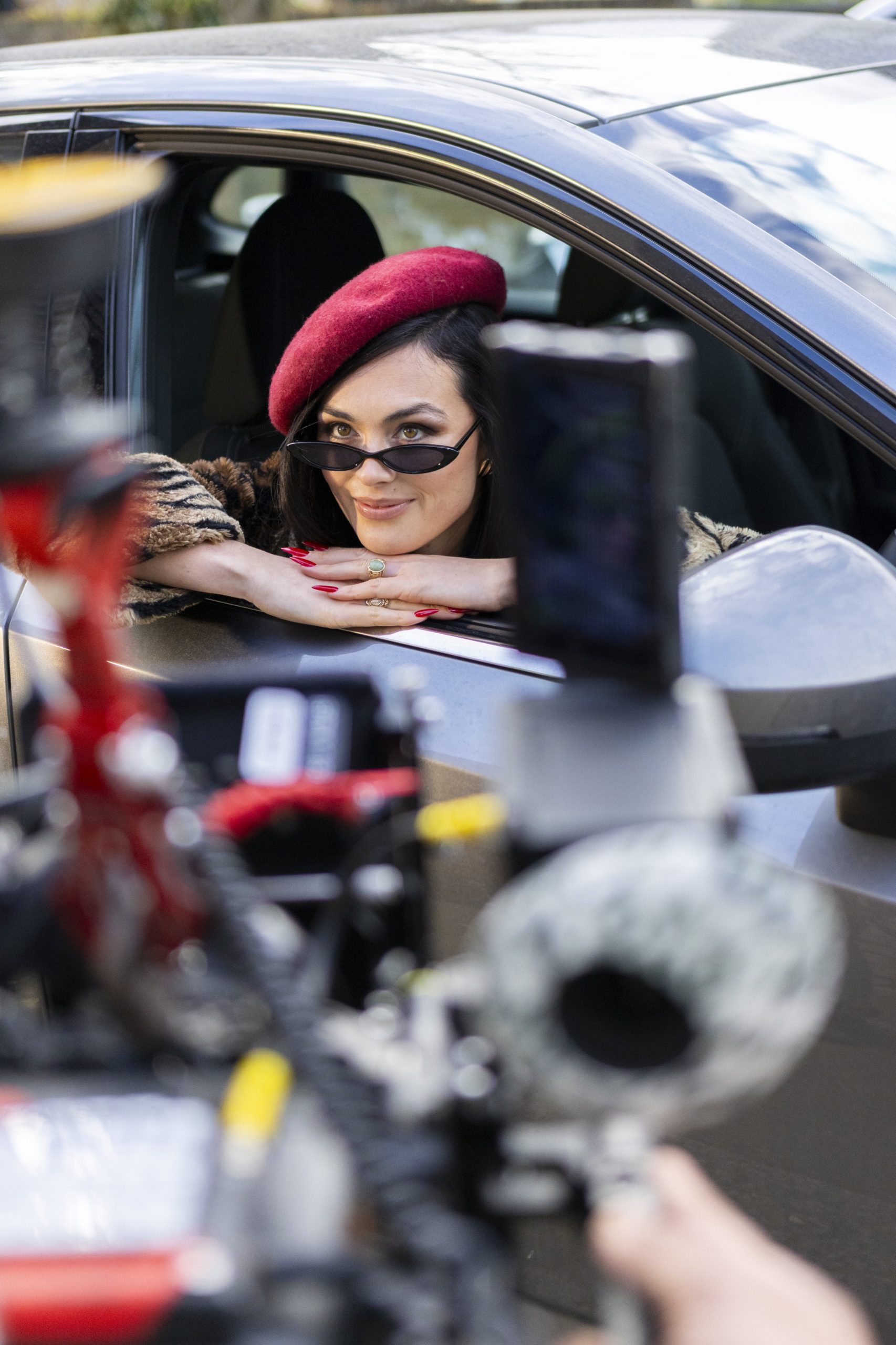

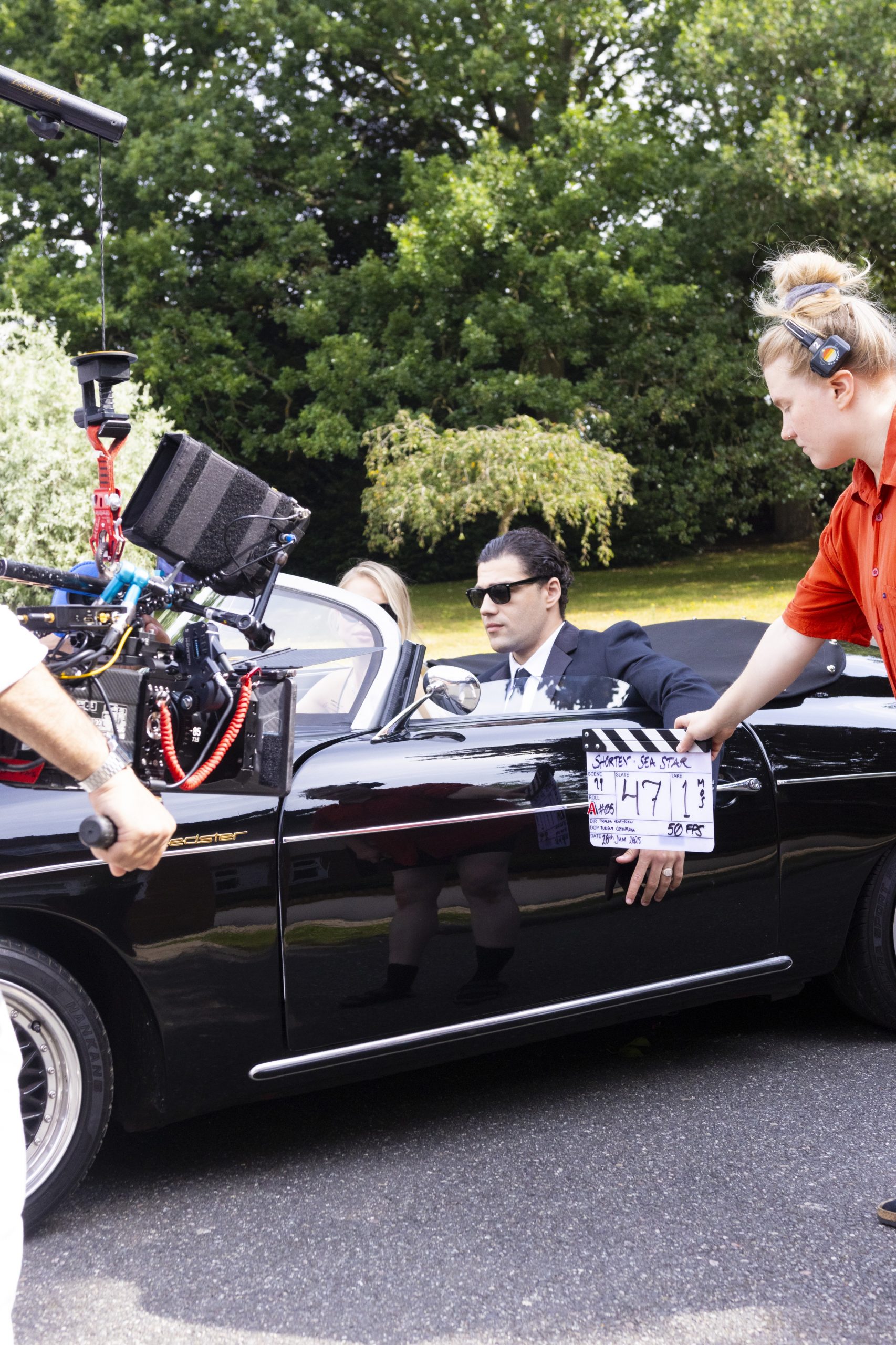
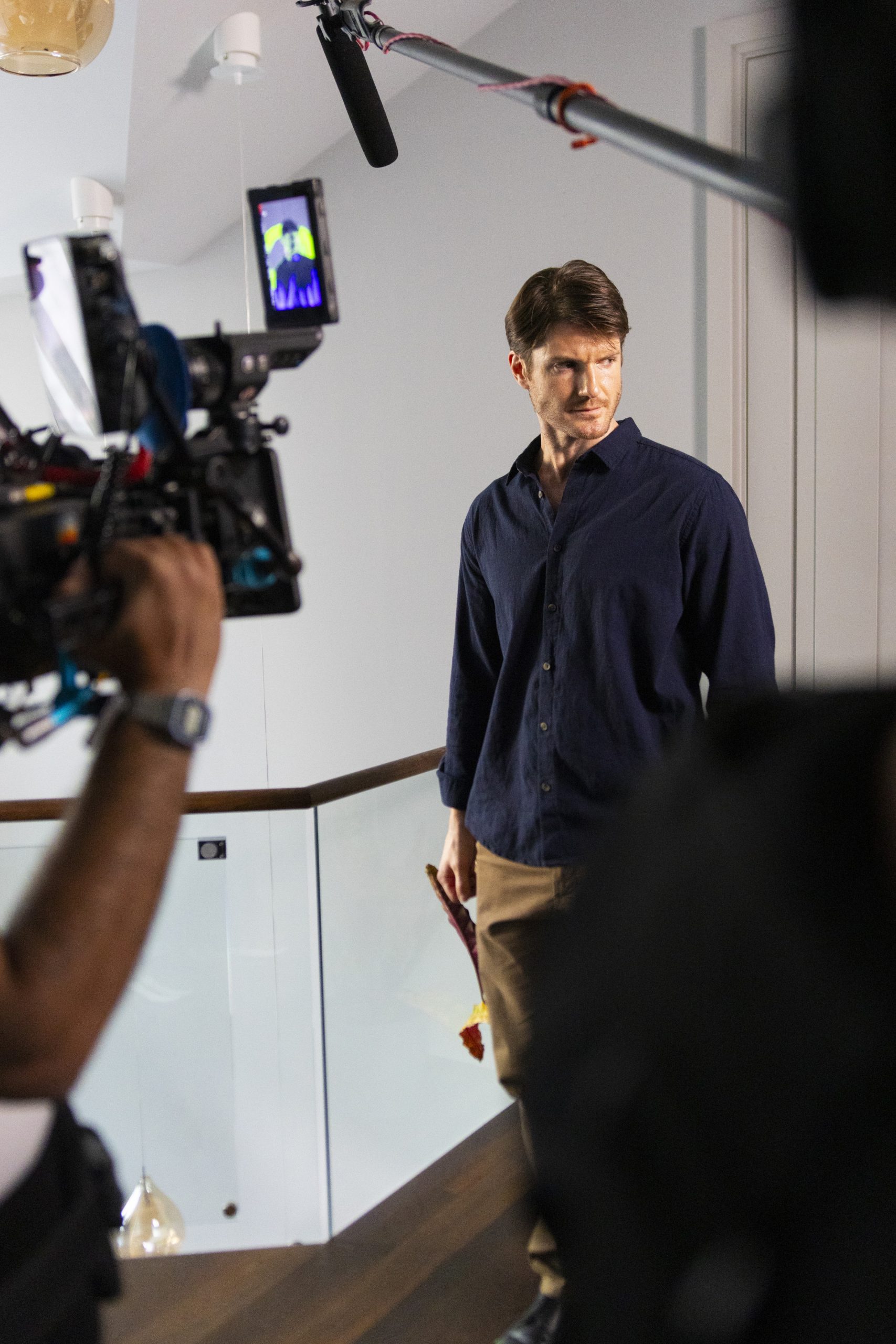
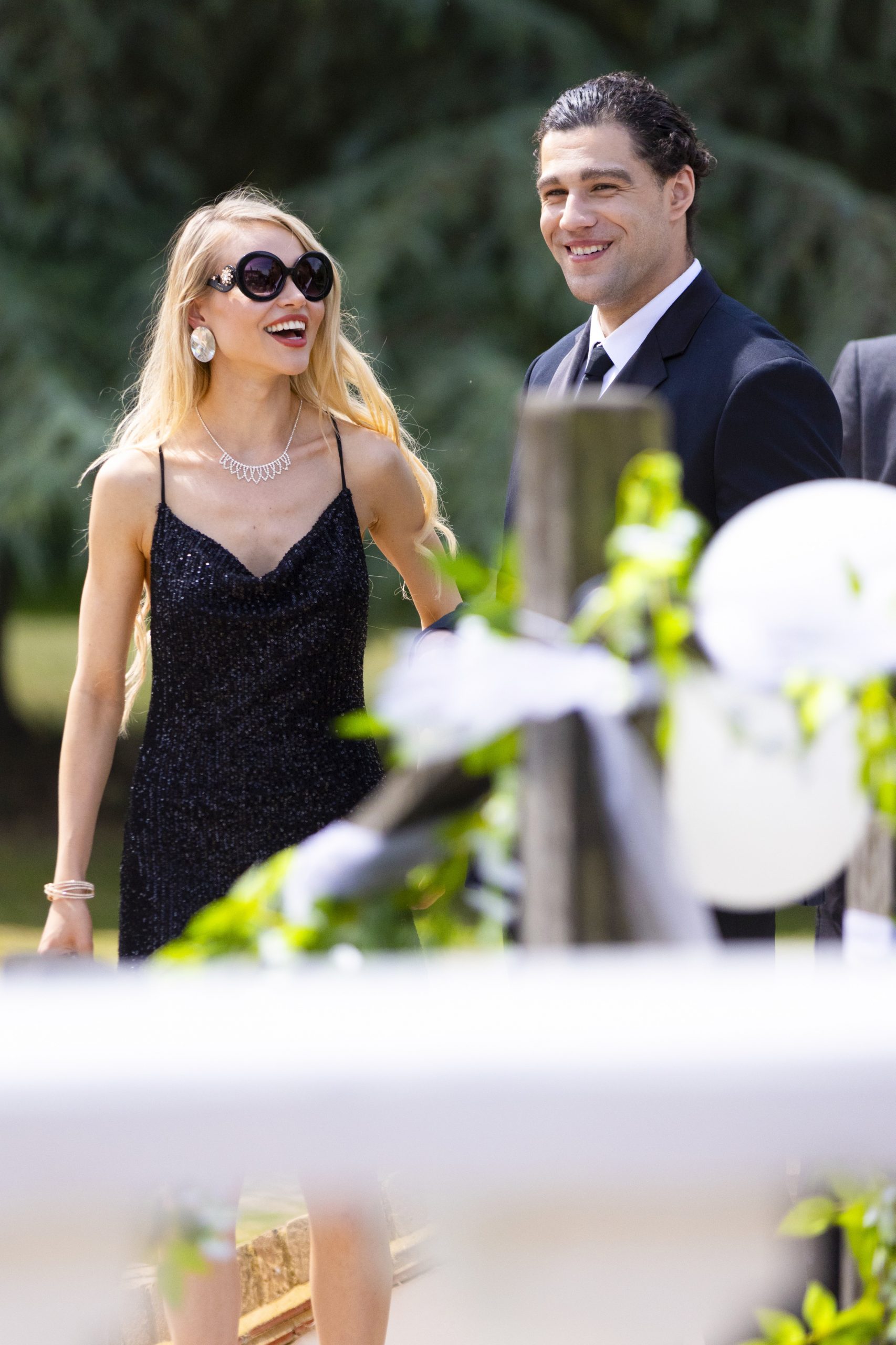

Leave A Comment